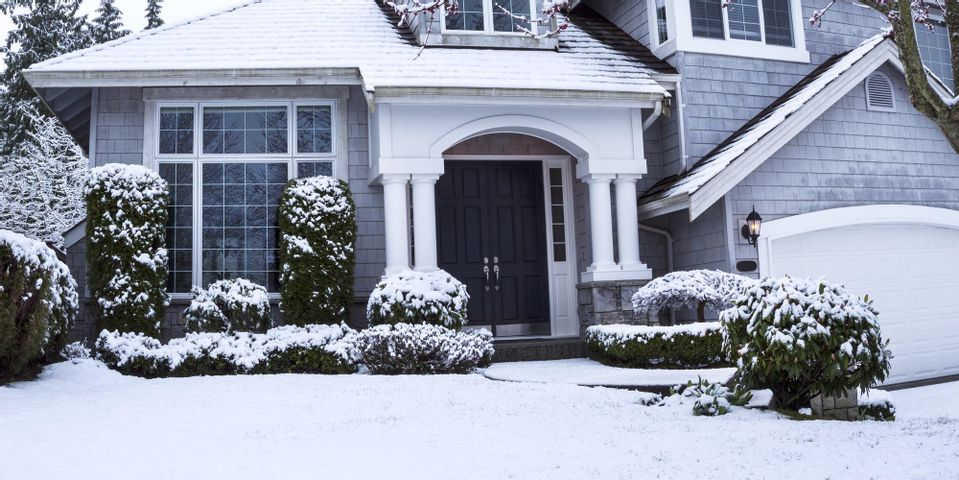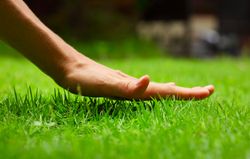A Guide to Fertilization of Your Lawn and Plants This Winter

Before winter snows arrive to stay, give your lawn, trees, and shrubs some extra attention. Taking steps now can help your grass and landscape plants weather the harsh temperatures and come back greener and more vibrant and flowering in the spring. The guide below explains late-fall / winter fertilization and deep root feeding benefits your landscape and when you should apply it.
How Late-Fall Fertilization Helps
While landscape on the surface may turn brown and look dead, the root system below is still active during the winter. If it has the necessary nutrients, the root system can repair itself from summer damage, growing deeper, thicker, and stronger until the cold season is over. That means it will be more effective at resisting drought and less likely to contract diseases.
Supporting your lawn and plant’s root systems with fertilization and deep root feeding doesn’t just make it more resilient—it also helps it spring to life when warmer months roll around. Thanks to your efforts now, you can enjoy a greener, lusher, flowering landscape next year. It will also require less water because of its deeper root structure.
When to Apply It
 Ideally, your fertilization should be handled by a professional, as they can prescribe the perfect mix of slow- and fast-release nitrogen to provide an up-front boost and sustained nutritional support. Also, applying too much fertilizer can cause too much growth, making the lawn and landscape less resilient and more likely to contract a disease. Call a professional for a fertilizer application before the ground freezes for the winter.
Ideally, your fertilization should be handled by a professional, as they can prescribe the perfect mix of slow- and fast-release nitrogen to provide an up-front boost and sustained nutritional support. Also, applying too much fertilizer can cause too much growth, making the lawn and landscape less resilient and more likely to contract a disease. Call a professional for a fertilizer application before the ground freezes for the winter.
If you need a professional to help you prepare your lawn and plants for the winter, contact Nature Plus Lawn & Irrigation in Cincinnati, OH. In addition to fertilization, they can handle pesky insects, install irrigation systems to make upkeep even easier, and aerate your lawn to boost root growth further. To schedule service, call (513) 755-9434. Visit their website to view a comprehensive lawn care calendar.
About the Business
Have a question? Ask the experts!
Send your question

